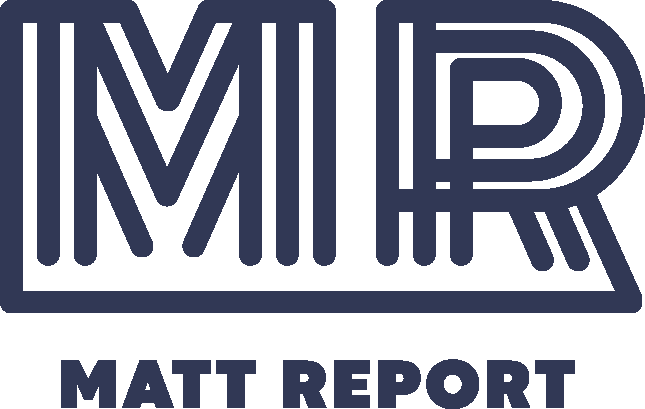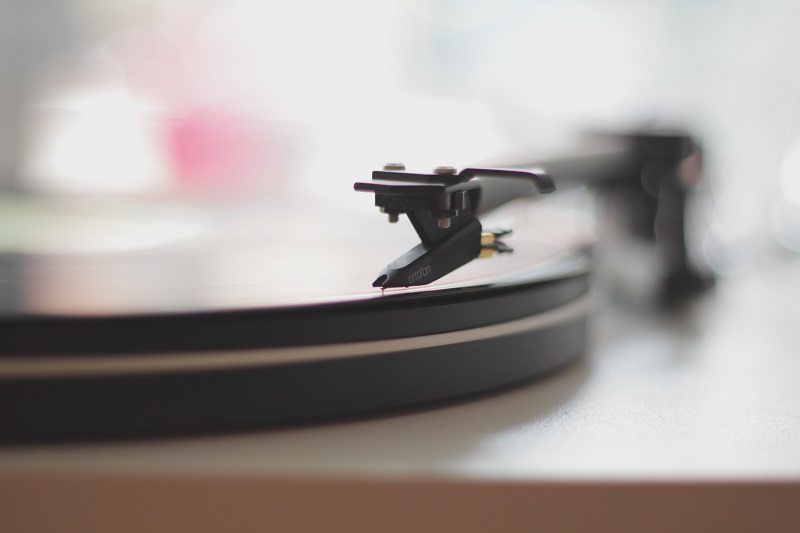This weekend I took part in an Olympian event called WordSesh.
I loaded up Google Hangouts to join the discussion with six other hosts that also run their own WordPress podcast. We chatted about why we do what we do and what lead us to make this part of our routine.
Folks in the live chat were asking questions about the equipment and software we were using to produce our content. So here’s a list of software, hardware and advice for taking your show from the cutting room floor to the airwaves.
The best podcasting microphones
Without a doubt, this is the #1 question I get on Twitter and via e-mail.
I’ve read a lot of reviews, watched a lot of YouTube videos and listened to countless hosts explain their reasoning. There’s plenty of mics out there, so do your research and pick whichever works within your budget. I own all of these mics listed below and they serve their individual purpose. (Disclosure: Amazon affiliate links)
The Logitech C615 – $50
Logitech HD Portable 1080p Webcam C615 with Autofocus
By far the most affordable solution for doing low budget audio and video.
This little USB webcam helped kick off my career in podcasting and video interviews. The biggest shocker of this little baby is the microphone. It does surprisingly well even from 3 feet away. It’s going to pickup a lot of loud ambient noise in your room, so be sure to be as quiet as possible.
Pro: Super affordable for combined video and audio.
Con: If you’re going to do a lot of podcasting I’d invest in a better mic.
Blue Yeti – $100
Blue Microphones Yeti USB Microphone – Silver Edition
The Yeti sits at the sweet spot of 100 bucks. It’s the go to mic I recommend for anyone ready jump into full time podcasting. It’s not that expensive compared to others and it serves as a great backup mic if you ever need it. I also found it’s great to travel with if you want to get your remote podcasting on.
Pro: Best bang for your buck when looking for a dedicated mic.
Con: Audio quality won’t capture all the mids and lows of a higher end mic.
Rode Podcaster w/ Boom and shock mount – $350
Rode Podcaster Booming Kit: Podcaster, PSA1 Arm, and PSM1 shock mount
This is the BMW (or Mercedes) setup of podcasting mics.
If you’re going to get the mic, you’re going to need the complete setup of the boom arm and shockmount. Trust me, it will make your life that much better. It hooks on to my desk with ease and I can move it around as I move around in my chair. Great for podcasting and screen recording.
Pro: Great quality, USB, boom setup.
Con: Still picks up on some ambient noise.
Heil PR-40 – $330 (mic only)
Heil PR-40 Dynamic Studio Recording Microphone
And this is the Porsche of mics. A solid build, great looking and awesome sound quality. Combine this with a mixer (because you need to) and you can tune every range of your vocals.
Pro: Awesome sound.
Con: Expensive.
Podcasting Software
Here’s some of the software I’m using to create and publish our shows:
Creating
- Garageband: The defacto audio editor for Mac. I’m not a fan to be honest with you.
- ScreenFlow: ($99) This is by far my favorite audio+video editing software I use on the Mac. It’s certainly not an over complicated app and gets the job done for basic podcasts all the way to walk through screen recordings.
- E-Camm Call Recorder: ($20) I use this gem to capture and record audio and video via Skype. This is my go to app for the Matt Report podcast.
- Google Hangouts: (Free) No surprise that Google is crushing it with Hangouts. You can have private sessions or broadcast live to the world right from your YouTube account. Amazing.
- Skype: (Free*) Fairly straight forward. Combine this with E-camm call recorder to get the job done.
Hosting
- Amazon S3: I host all of my mp3’s and video here. Each link will be served up to the proper streaming services.
Streaming
- iTunes: I’m sure you could have guessed.
- YouTube: Another no brainer.
- Stitcher Radio: As a publisher, Stitcher offers some great analytics and painless browsing for the end user. They don’t have the largest community yet, but it continues to grow.
Miscellaneous
Here’s some related accessories and such:
Behringer Mixer – $65
Behringer Xenyx 802 Premium 8-Input 2-Bus Mixer with Xenyx Mic Preamps and British EQs
This is the mixer we hook our Heil’s into to adjust recording levels and feed to our iMac. This particular model can hook up 2 mics via XLR — feel free to up that if you need.
Nikon D7000 – $$$
Nikon D7000 16.2MP DX-Format CMOS Digital SLR with 18-105mm f/3.5-5.6 AF-S DX VR ED Nikkor Lens
This isn’t the only HD DSLR body out there, but it’s the one we use to film PressThis, SEOLunch and FreshDev. (see: youtube.com/slocumstudio)
Our web shows are less than 20 minutes each and also involve using our higher end Heil mics. There’s more post production to be done with a format like this, but the end product is much more refined.
Pro: High Definition goodness.
Con: Expensive and not a mic.
Zoom H4N – $230
Zoom H4N Handy Portable Digital Recorder
This is a great hand held recording device that I take with me to conferences. It actually has 2 XLR inputs so you could plugin your Heil’s right to the device and hit record. Audio is stored on an SD card and operates off of 4 AA batteries.
Pro: Compact with great audio recording.
Con: Expensive.
Starting your podcast
The greatest piece of advice I can offer: just hit record.
Sounds cliche I know — but that’s the best thing you can do. Don’t sit there spinning your wheels asking yourself if people will listen or not. Grab a mic, hit record, spill out your thoughts and post it to your blog.
The longer you wait, the more disinterested you might become. So stop hiding behind text and tweets — jump into creating your new age media today!


Leave a Reply